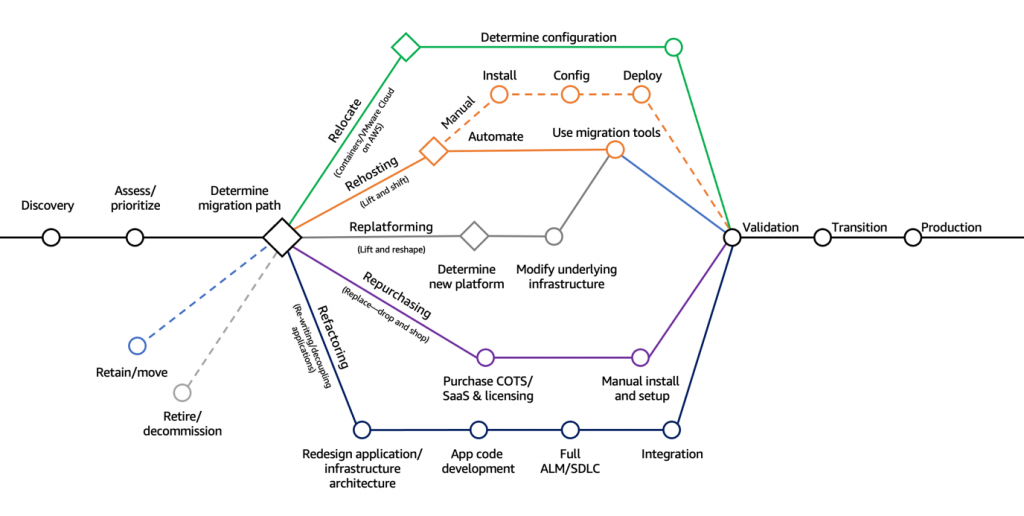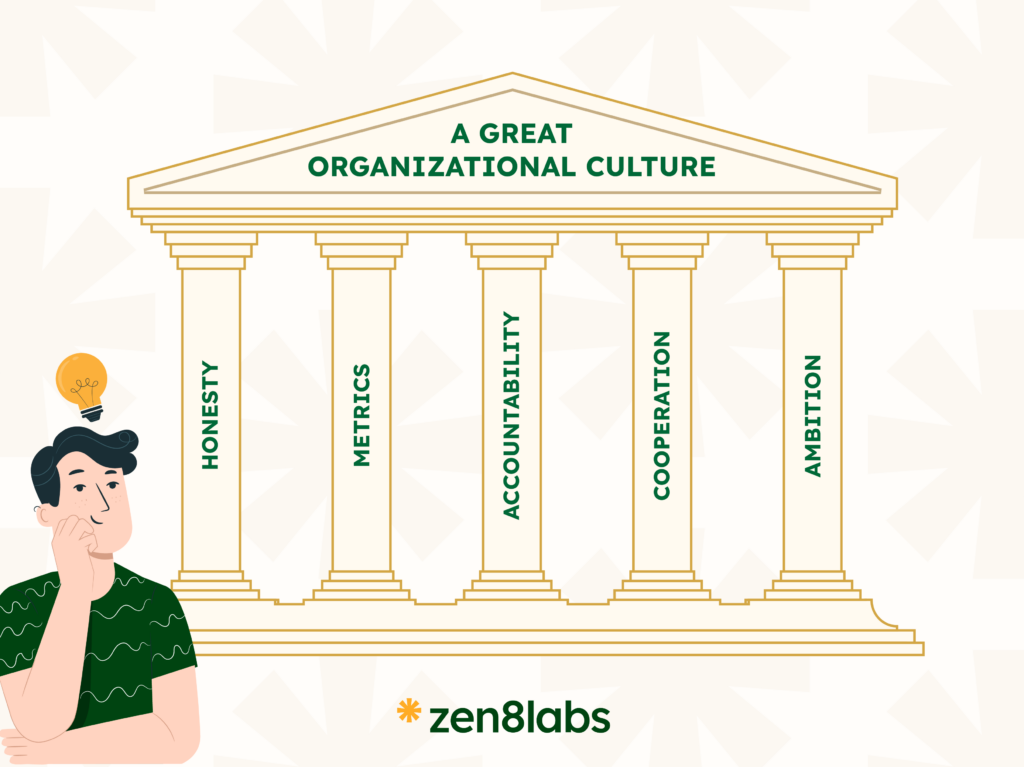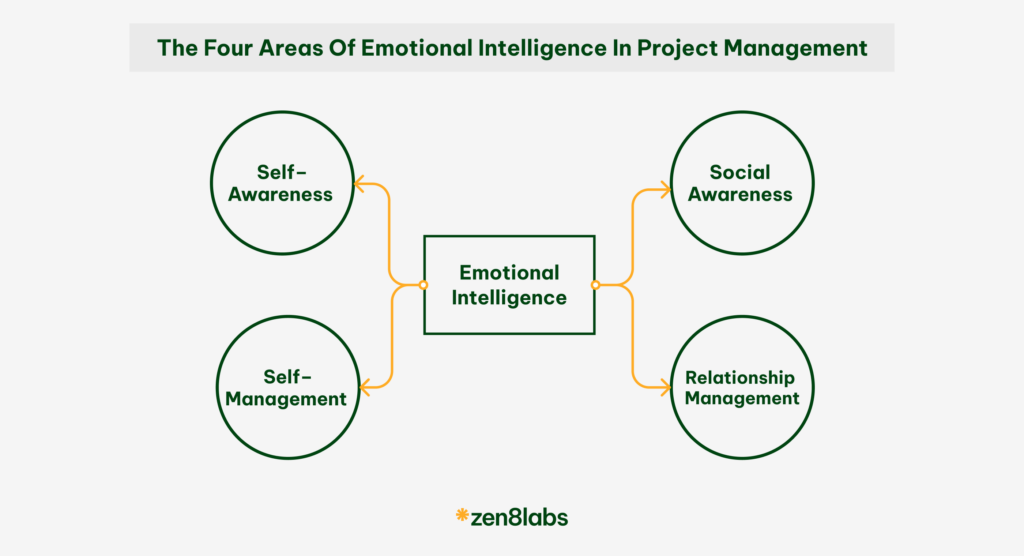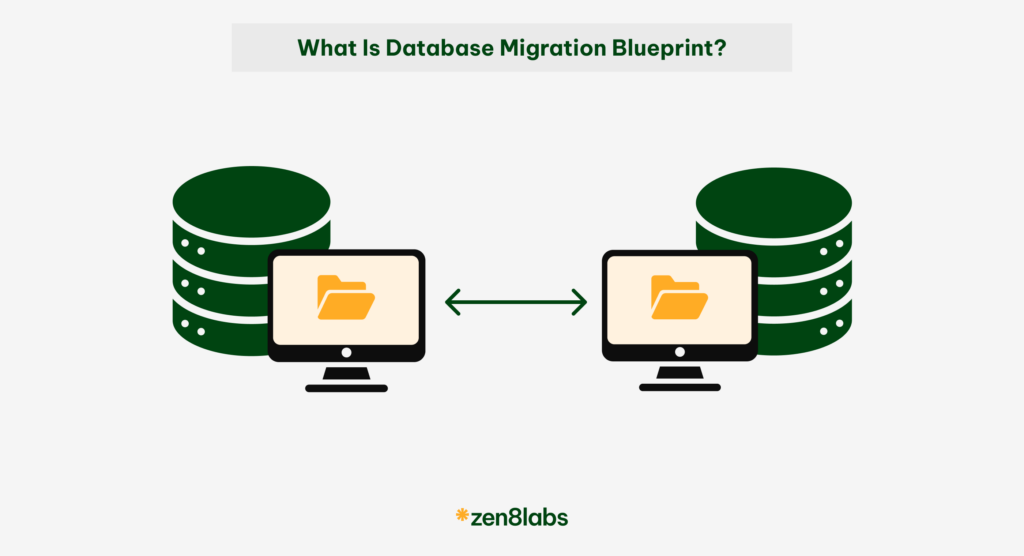
In today’s dynamic business environment, the data ecosystem of an enterprise often involves a wide array of applications, storage solutions, and formats. As businesses evolve, the need to migrate data from one database to another becomes inevitable—whether to reduce costs, improve reliability, scale operations, or meet other strategic objectives. This process, known as database migration, forms the backbone of maintaining and optimizing organizational data systems.
However, database migration is far from a straightforward task. It’s a complex process that often entails significant downtime, potentially disrupting ongoing operations. The challenges underline the importance of understanding the inherent risks, adopting best practices, and leveraging the right tools to ensure a seamless transition.
Factors to consider before data migration
Effective data migration requires careful planning. Here are three key factors to consider:
- Migration method: Depending on the volume of data, choose between online migration (network-based transfer) or offline migration (physical storage devices). Offline migration can be faster and more secure for large datasets.
- Data format compatibility: Migrating data in the same format is straightforward, but transforming data into a new format may require additional processing steps. Plan accordingly if schema or format changes are needed.
- Minimizing downtime: Data migration often causes temporary system outages. To reduce impact, schedule migrations during off-peak hours and implement strategies to limit downtime, such as phased migrations.
Considering these factors helps organizations streamline the process, reduce risks, and minimize disruptions.
Data migration approaches
When planning a data migration, organizations typically choose between two primary approaches: the big bang or the trickle approach. Each method has its own set of risks, challenges, and time requirements.
Big bang data migration
In a big bang migration, all data is transferred in one go. While this method is faster and can simplify the process, it is also highly disruptive, as the systems involved remain unusable until the migration is complete. The big bang approach is often scheduled during low-activity periods, such as public holidays or overnight.
Trickle data migration
The trickle migration method involves transferring data in phases. Though this approach takes longer, it minimizes disruptions to business operations and provides opportunities for adjustments during the migration process.

The data migration process
For a successful migration, the process must be meticulously planned and executed to avoid exceeding budgets or timelines. A well-structured data migration process typically involves four key phases:
- Phase 1: Prepare
- Phase 2: Plan
- Phase 3: Migrate
- Phase 4: Operate and Optimize
Phase 1: Prepare
The preparation phase involves identifying interdependencies between applications and databases, analyzing workloads, and determining the migration categories. Preparation tasks include:
- Identifying dependencies: Analyze how applications and databases interact, assess hardware dependencies, and address networking requirements.
- Qualifying workloads: Understand the current database workload to select an appropriate migration strategy.
Phase 2: Plan
In the planning phase, you use the insights gathered during preparation to devise a comprehensive migration strategy. A key part of this process is rationalizing your data and applications against the 7 Rs of database migration: rehost, replatform, relocate, repurchase, refactor, retain, and retire. Each option comes with its own considerations based on business objectives, timelines, budget constraints, and resource availability.
Choosing the appropriate strategy depends on your goals for database migration—whether it’s to sustain current workloads, enhance performance, or optimize for future scalability. Below is an overview of the 7 Rs of database migration:
- Rehost (Lift and Shift) – Move the application or database to a new environment without making any changes. This is typically used to sustain current workloads with minimal disruption. For example, you might move a traditional on-premises relational database to a virtual machine in a cloud or private data center.
- Relocate (Hypervisor-level Lift and Shift) – Move entire infrastructures without modifying the software stack, often at the hypervisor level. This approach allows you to continue using the same platform and tools in a new environment without requiring extensive reconfiguration.
- Replatform (Lift and Reshape) – Move the database to a new platform while making minor changes to take advantage of some platform-specific optimizations. For example, migrating a database from one relational database management system (RDBMS) to another with slight performance or scalability improvements.
- Repurchase (Drop and Shop) – Replace the existing application or system with a new solution, often by adopting software-as-a-service (SaaS) or cloud-native applications. Data migration is typically required to ensure continuity in the new system. For instance, customer data from a legacy CRM might be migrated to a SaaS CRM platform.
- Refactor (Re-architect) – Make significant changes to the database and application architecture to fully leverage the features of the new environment. This may include transitioning to microservices, adopting NoSQL or purpose-built databases, or modernizing monolithic applications for greater agility and scalability.
- Retain (Revisit) – Choose to keep certain databases or applications in their current environment. This may be necessary for legacy systems, regulatory compliance, or applications that require extensive refactoring. Organizations may revisit these systems later as business needs evolve.
- Retire – Decommission applications or databases that are no longer needed. Identifying and removing unused or redundant systems can streamline the migration process and reduce operational costs.
By carefully evaluating each application or workload against these migration strategies, organizations can create a clear and tailored plan that balances business goals, risk tolerance, and resource availability.
Phase 3: Migrate
The migration phase is arguably the most critical and complex part of the process. It is the point where plans turn into action and where errors or oversights can have significant consequences. This phase involves designing the target database, transferring data, and ensuring the integrity of both schema and content. Here are the key steps in this phase:
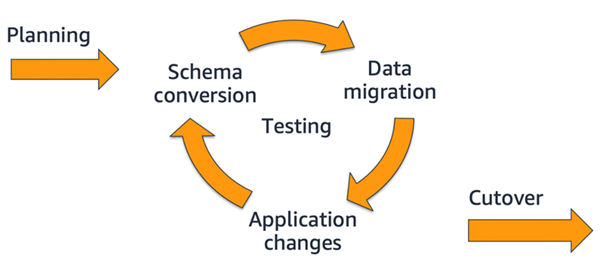
- Convert the schema: One of the most challenging tasks during migration is converting the database schema. In homogeneous migrations, where the source and target database engines are the same, this process can be straightforward. However, heterogeneous migrations require detailed knowledge of both source and target systems. Differences in features, naming conventions, and functionalities must be addressed to ensure compatibility.
- Migrate the data: Data migration requires precision and efficiency. Depending on application availability requirements, organizations may opt for a one-time data extraction or a continuous data replication approach. Ensuring data accuracy and completeness is paramount, as any discrepancies can disrupt operations or lead to significant data loss.
- Update the application: Applications that rely on the database must be updated to work seamlessly with the new system. This can involve modifying configurations, rewriting queries, and addressing changes in database behavior. If the application uses an object-relational mapping (ORM) framework, changes may be minimal. However, custom SQL queries and database interactions may require substantial updates.
- Test the migration: Testing is critical to identifying and resolving issues before the final cutover. Functional testing ensures that the application operates correctly with the new database, while performance testing verifies that database response times meet business requirements. Automated testing frameworks can significantly speed up this iterative process.
- Cut over: The cutover strategy is a pivotal decision in this phase. Organizations can choose from methods such as offline migration, flash-cut migration, active/active database configuration, or incremental migration. The choice depends on factors like downtime tolerance and operational complexity. A well-executed cutover minimizes disruptions and ensures a smooth transition to the new database.
Organizations should allocate sufficient resources and expertise to this phase, as it lays the groundwork for the success of the migration project. Missteps in this phase can lead to prolonged downtime, data corruption, or operational setbacks.
Phase 4: Operate and Optimize
Post-migration, organizations should:
- Implement best practices for monitoring, alerting, backups, and high availability.
- Continuously optimize resources, leveraging tools and managed services to improve performance and cost efficiency.
Conclusion
Database migration is a critical undertaking that requires meticulous planning, execution, and post-migration optimization. By choosing the right approach, leveraging robust tools, and adhering to best practices, organizations can ensure a smooth transition while minimizing downtime and risks. Whether your goal is to modernize infrastructure, enhance performance, or cut costs, a well-executed database migration lays the foundation for achieving long-term business success. If you want some extra reading, then I would recommend this piece. Nonetheless, you might need extra support with your data migration, then speak to zen8labs, we can create something awesome to help you!
Hung Do – Head of Solution
